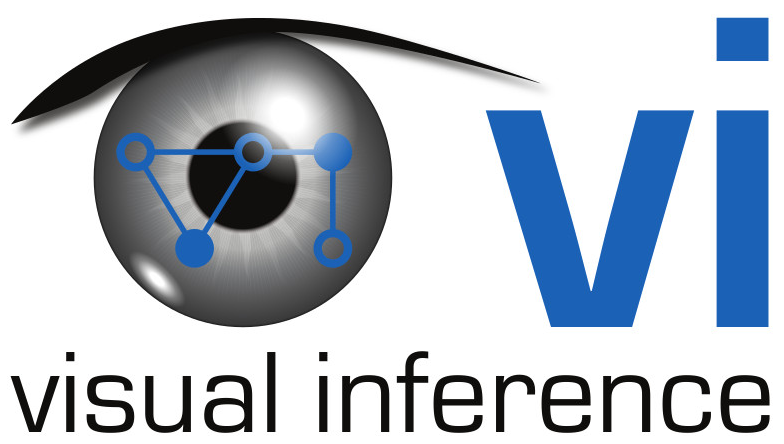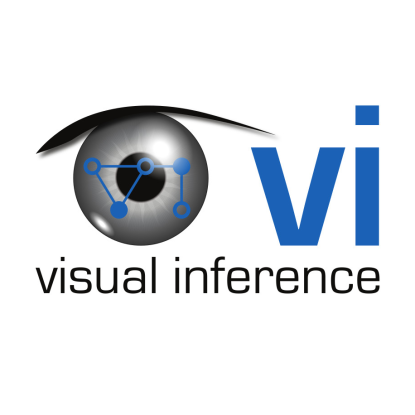Organization
| Course materials (Moodle) | here |
| TUCaN | here |
| Module no. | 20-00-0401-iv |
| Event type | integrated course (IV4, 6CP, 4SWS), elective |
| Being taught | regularly, usually summer semesters |
| Time | Lecture: Wed. 11:40:13:20, Exercise: Wed. 13:30-15:10 |
| First class | 23.04.2025 (see Moodle for updates) |
| Location | Lecture: S311/0012 Exercise: S311/0012 |
| Lecturer | Prof. Stefan Roth, Ph.D. |
| Assistants | Giuseppe Stracquadanio, Krishnakant Singh |
| Exam | See TUCaN |
Content
- Computer vision as (probabilistic) inference
- Robust estimation and modeling
- Foundations of Bayesian networks and Markov random fields
- Basic inference and learning methods in computer vision
- Image restoration
- Stereo
- Optical flow
- Bayesian tracking of (articulated) objects
- Semantic segmentation
- Current research topics



